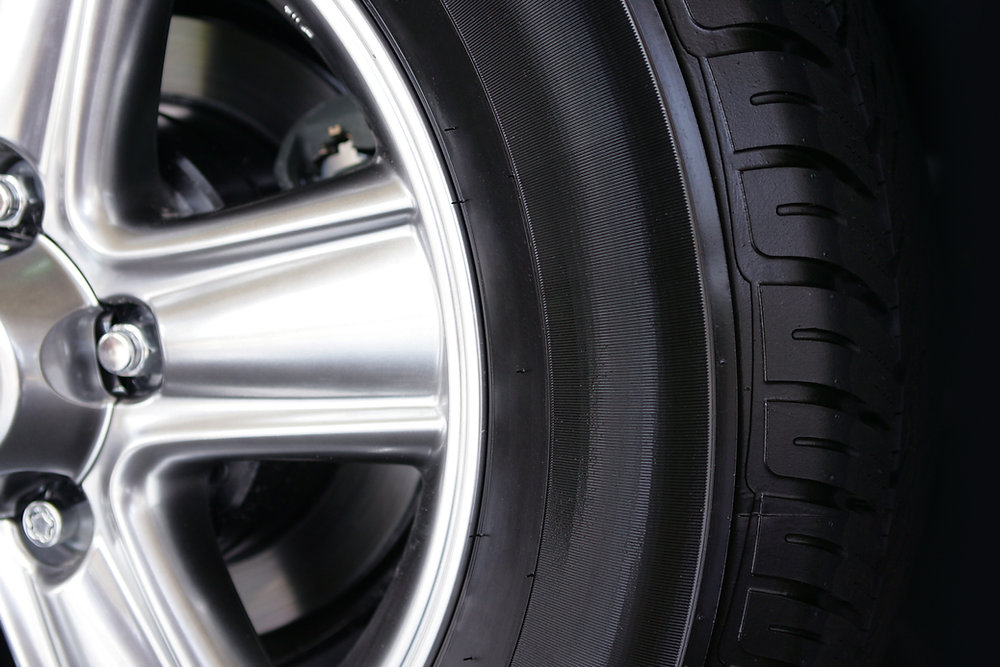
Tyres are not just made from rubber — they consist of several different compounds that work together to provide optimum performance and durability.
Tread compound:
The tread compound is the most important component of a tyre and determines its grip on wet and dry roads. It is made from natural and synthetic rubber, as well as other chemicals such as silica, carbon black, waxes and oils.
The type of tread compound used in a tyre affects its performance greatly. Generally speaking, harder compounds tend to last longer but have less grip; softer compounds offer higher levels of grip but wear out faster. There are four main categories of tyre compounds: soft, medium-soft, medium-hard, and hard. Soft tyres give excellent traction on dry surfaces while providing good wear resistance on wet roads; medium-soft tyres offer a balance between grip and durability; medium-hard compounds are for high speed applications where longevity is important; and hard compound tyres are best suited for racing.
Cushioning layer:
This layer sits beneath the tread compound and provides shock absorption in order to reduce vibration during driving. It is usually composed of a foam or sponge-like material.
Steel reinforcing belts:
Steel reinforcing belts are embedded in the tyre’s structure for strength and durability. They are normally composed of one or two layers of steel wire cord that wrap around the circumference of the tyre.
Sidewall layers:
These layers provide stability to the tyre wall and protect against damage They are usually made from a combination of rubber, nylon, polyester and other materials.
Inner liner:
The inner liner of the tyre acts as a barrier to air loss by preventing air from escaping through the walls of the tyre. It is usually composed of butyl or ethylene-propylene diene monomer (EPDM) rubber.
Valve stem:
The valve stem is used for filling tyres with air and is usually made from plastic or metal.
Each tyre manufacturer has its own range of compounds that can be used to create a tyre to suit particular driving needs. For example, some manufacturers may use softer compounds on the inner shoulder areas of their tyres to ensure better cornering capabilities while using harder compounds in the middle of the tread pattern to maintain good wear characteristics. Knowing what type of compound your vehicle needs will help you make an informed decision when purchasing new tyres.
No matter what type of tyre compound you choose, it’s important to remember that proper tyre maintenance and regular rotation of your tyres will ensure the best performance and longest life. This includes checking for tread depth, air pressure, and signs of damage or wear. By following these steps, you can make sure that your vehicle’s tyres are always performing at their peak.
The information provided is intended to serve as a guide and may not be applicable in all situations. Please consult Double D Tyres for specific advice regarding the type of tyres best suited for your vehicle. Together, we can strive for safe roads and better performance from our vehicles.
Credit : Source Post






